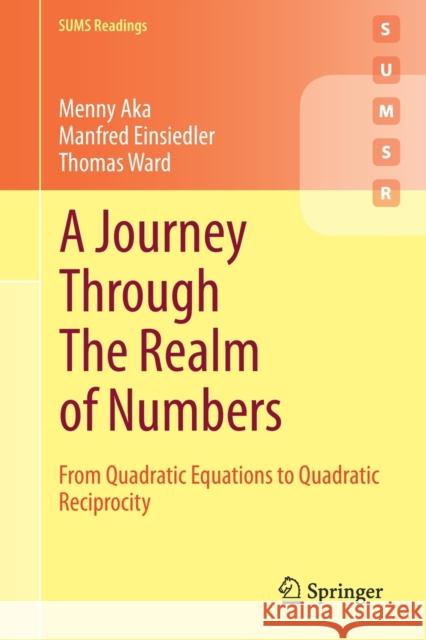A Journey Through the Realm of Numbers: From Quadratic Equations to Quadratic Reciprocity » książka
topmenu
A Journey Through the Realm of Numbers: From Quadratic Equations to Quadratic Reciprocity
ISBN-13: 9783030552329 / Angielski / Miękka / 2020 / 344 str.
A Journey Through the Realm of Numbers: From Quadratic Equations to Quadratic Reciprocity
ISBN-13: 9783030552329 / Angielski / Miękka / 2020 / 344 str.
cena 140,86
(netto: 134,15 VAT: 5%)
Najniższa cena z 30 dni: 134,90
(netto: 134,15 VAT: 5%)
Najniższa cena z 30 dni: 134,90
Termin realizacji zamówienia:
ok. 22 dni roboczych
Dostawa w 2026 r.
ok. 22 dni roboczych
Dostawa w 2026 r.
Darmowa dostawa!
Kategorie:
Kategorie BISAC:
Wydawca:
Springer
Język:
Angielski
ISBN-13:
9783030552329
Rok wydania:
2020
Wydanie:
2020
Ilość stron:
344
Waga:
0.51 kg
Wymiary:
23.39 x 15.6 x 1.93
Oprawa:
Miękka
Wolumenów:
01
Dodatkowe informacje:
Bibliografia
Wydanie ilustrowane
Wydanie ilustrowane











